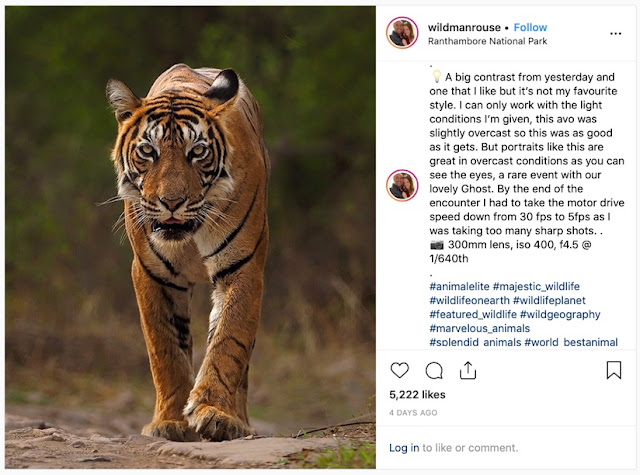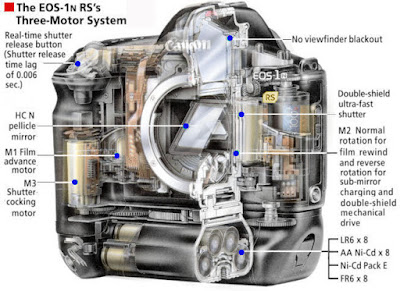Differentiate or Die: The Age of Specialisation Returns

One of the oddities produced by the dawn of the digital photography era is the multi-purpose professional camera. A typical example is the Canon 5D series (current iteration = 5D Mark IV). It can be used for a bit of sport/wildlife/action, portraiture, weddings, travel, street etc. It is a jack of all trades. In future, the multi-purpose consumer level camera will be some sort of small format mirrorless-EVF (ML-EVF) camera (eg M4/3, APS-C, 35mm small format). It will be interesting to see if it continues to remain acceptable for professionals to shoot with such devices across multiple scenarios. Such multi-purpose cameras are becoming increasingly capable eg high resolution, fast frame rate, good ergonomics/portability. They will remain popular and retain some sort of place in the market. The rise to dominance of the multi-purpose professional camera can be put down to the loss of camera differentiation caused by the mass extinction of speciality camera firms from the apocalyptic e




